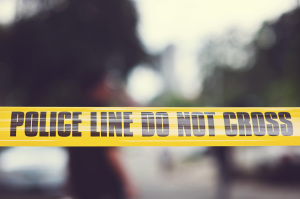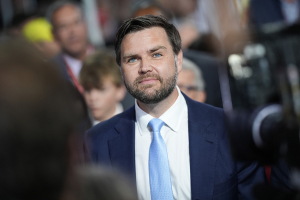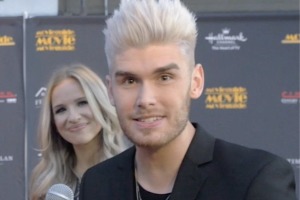Casey Anthony Accused of Copying Caylee's Drowning Story From Former Inmate
Casey Anthony may have stolen and used a former inmate’s story to explain about the death of her two-year-old daughter, Caylee, the prosecution indicated on Tuesday.
A former Orange County inmate who was housed in the same dorm as Casey in 2009 by the name of April Whalen had a strikingly similar story to the defense.
Her son drowned on Christmas Day in 2007 when he fell into the pool at the family’s Orlando home. His grandfather retrieved his body.
Whalen’s story, which Casey may have overheard from an adjacent cell, resembles the defense’s claims that Caylee died after accidentally drowning in her grandparents’ swimming pool and was found by Casey’s father George Anthony who purportedly tried to cover-up the death.
George denied ever being present when his granddaughter died in previous testimony, and also stated he had nothing to do with the disposal of her body.
Prosecutors are thinking of possibly using Whalen’s story in their rebuttal, despite the complaints of the defense.
Jose Baez, Casey’s lead defense attorney, protested to Chief Judge Belvin Perry that he had received two new pieces of evidence very late, including Whalen’s testimony and a CD data detailing the activity found on Anthony’s family computer from June 16, 2008, when Caylee was last seen.
The CD could possibly counter the defense’s timeline of events on the day of June 16.
Baez outlined during his opening statement that Caylee accidentally drowned in the Anthonys’ swimming pool, her grandfather found her dead body at the bottom of the pool, and carried her to Casey and blamed her.
Prosecution however maintains that Casey suffocated Caylee with duct tape, placed her in the trunk of her car, and dumped her body in the nearby woods.
Richard Eikelenboom, a DNA scientist from the Netherlands, testified earlier on Tuesday that he expected to find DNA on the duct tape found with Caylee’s remains, but found none.
Eikelenboom stated that even though the remains had been exposed to the outside elements for a long period of time, he would still have expected to find some traces of DNA.
He did however acknowledge that bad conditions could cause DNA to break down, although he also explained about cases where he found profiles despite exposure to extreme heat and water.
Prosecutor Jeff Ashton questioned the Dutch scientist’s expertise and tried to discredit his methods and motives.
Yuri Melich, lead detective in Casey Anthony’s case, was called for a third time to testify in regards to chloroform, which the state purports Casey used to murder her daughter.
Baez asked Melich whether he had found any physical evidence that had any connection to chloroform in the Anthony family home when he searched it in the summer of 2008.
He stated that he found none, although he also stated that during his initial search in August 2008, he was not looking for chloroform.
Dr. Marcus Bain Wise was the last witness to take the stand Tuesday afternoon. An analytical chemist at Oak Ridge National Lab, Wise was asked to do a qualitative analysis of air samples from the trunk of Casey’s car by Dr. Arpad Vass, who formerly testified for the state on high levels of chloroform found in Casey’s trunk.
Wise discovered large peaks of chloroform in the samples from the carpet, and found it unusual to find that substance in the trunk of a vehicle.
Wise explained to the court that he and Vass sat down one evening just contemplating why chloroform would be present in a car, but both could not find a reason that made sense.
When asked why a quantitative analysis was not performed, the chemist explained that the sample was too small to generalize about the entire trunk and would have been an inaccurate, meaningless number if measured because chloroform evaporated easily.
Baez attempted to cast doubt on the testing procedures and protocols used by Wise and Vass, questioning about errors in the reports due to contamination.
The defense also tried to discredit Vass’ expertise and experience and accused Wise of trying to gain funding for a device he co-created with Vass called Labrador.
Prosecutor Ashton concluded the trial by clarifying all points made by Baez – he highlighted Vass’ extensive qualifications, noted that contamination was not unusual in air samples, and stated that Wise would not get royalties from the device for government use.
Wednesday’s trial is expected to only last until noon because of a prior meeting Judge Perry had scheduled concerning state trial budgeting.





























